J&J was pleased to attend the first Frankfurt Academic Conference on December 3 and 4, 2020. The presentations combined for a thoughtful mix of descriptions of the current landscape of academic publishing and predictions about the future of the industry. The organizers brought together Open Access (OA) advocates, librarians, tech innovators, and seasoned publishing consultants, and all speakers delivered useful perspective from their respective domains.
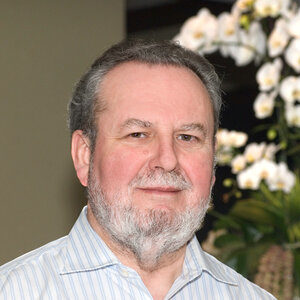 |
David Worlock led off with blue sky thinking about the coming demise of the journal article as we know it, predicting an AI-enabled move towards micro-publishing. Worlock sees researchers of the future publishing their hypotheses, methodologies, datasets, and results as discrete pieces into large databases. These new data pieces would be collated by AI into more human-friendly forms as a means of transmitting the information. Worlock predicts that the journal and article as we know it will diminish in importance as researchers increasingly move to these new formats for transmitting and consuming scientific research. The successful publishers of the future will be those who invest wisely in AI and semantic data solutions (including knowledge graphs), as well as modelling for virtual experimentation.
|
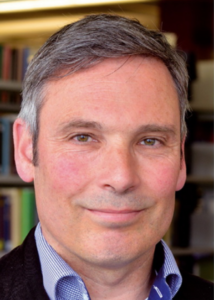 |
Dirk Pieper took the audience through the history of OA publishing and into the age of transformative agreements. Pieper put the current round of transformative agreements into the context of Plan S, and he justified the focus on forming deals with large publishers as a way to do the most with limited deal-making capacity, even though this may leave smaller publishers out. He highlighted the importance of cost transparency in building transformative agreements and calculating APCs—libraries need to make rational decisions about funding, and they need to trust in the mechanisms of transformative agreements. There are ongoing challenges, though, to moving to OA, as not all institutional budgets are equipped to cover OA costs/transformative agreement expenditures.
|
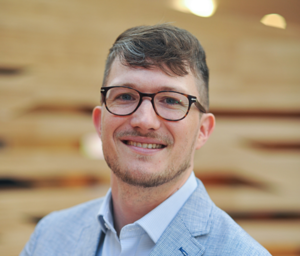 |
Ben Johnson from Springer Nature presented Nature’s community-building efforts. Nature’s network of subject-focused community blogs is a way to present information and stories that would not be otherwise captured in journal articles. Journal authors are invited to tell more personal stories behind their research, which gives readers more context and connection to the research presented. This also builds brand loyalty, influencing authors to return to Nature for future publications. Nature also works with society partners for some of the blogs, using these communities as ways to build connections with society members. Johnson continues to work to make the communities they’re building support Nature’s publishing strategy, as this is not necessarily a given. |
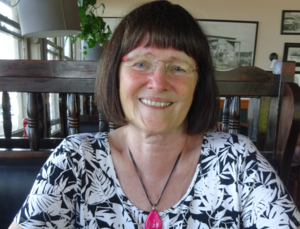 |
Ann Okerson presented a brief history of librarianship, starting from the Library of Alexandria through to today. She described how a librarian’s role has changed over the years, from collecting and managing physical material to now supporting researchers by cooperatively pooling funds for OA agreements, ensuring content is more available and accessible, and by working to make collections more diverse and inclusive. Okerson pointed to several examples of library consortia working collectively to provide more content to their researchers and maintain clout despite budget uncertainty. The pandemic will likely create further budget uncertainty, so the future is unclear for libraries, but change and innovation seem guaranteed.
|
 |
Peter Brantley gave a sociological perspective on disruption in the academic publishing industry. Brantley points to the interactions between established pharma and innovative biotech firms as a model. Biotech came onto the scene in the 1970s and grew rapidly, with promises to completely reshape the delivery of medicine and healthcare. However, the preexisting pharma companies would not be so easily displaced. New biotech firms needed to partner with established pharma to work through the established systems (e.g., regulation), and the new and old eventually merged to become essentially one thing. Pharma was not displaced, but rather absorbed the biotech disruption and modified their approach, with the industry eventually returning to balance. Brantley applied this series of events to the internet/information revolution as it seemed poised to disrupt and displace publishing. However, the destruction of publishing did not come, and publishing remains relatively stable as it absorbs disruptive technology and firms and modifies its approach to adapt to the evolving landscape.
|
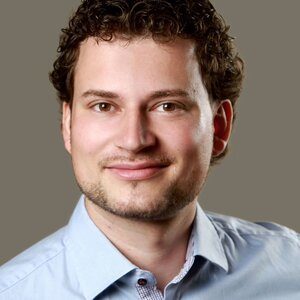 |
Carsten Borchert presented a brief session about his award-winning startup, SciFlow. This article authoring tool is designed to allow collaborative authoring of papers, and SciFlow supports exports in common journal templates and formats (including HTML and JATS XML). This cloud-based software aims to provide researchers with an improved experience over Microsoft Word or Google Docs. With its ability to reflow text into customizable formats, it could present a workflow improvement for both authors and publishers. Try for free at https://sciflow.net/en/. |
 |
Sven Fund, after ably moderating the entire program, gave a presentation of his own on the current state of OA. He pointed to recent growth as OA gains market share, but he did note that the growth was likely approaching a plateau. Fund also highlighted global differences, in the fact that the largest producers of published articles, China, the United States, and India, send a smaller portion of their articles into OA than other (mostly European) countries. Consequently, the chief consumers of OA are not paying an equitable share of the costs of OA. In general, resources and needs are not necessarily aligning, and there are no widely accepted standards for OA or transformative agreements. Progress is happening but in what seems to be an experimental way as libraries, publishers, and researchers seek mutually beneficial equilibria. Smaller publishers are struggling as attention and resources are often directed toward the largest players. The overall takeaway is that OA is here to stay, and going forward, the various players will be refining the approach to move toward a more coordinated, sustainable set of standards and policies around OA. |
In sum, the Frankfurt Academic Conference was packed with valuable information and discussion about key issues in the academic publishing industry. The input from a variety of voices provided a well-rounded program for attendees. Some of the presentations tended toward density at times, but fortunately they are all freely available open access, and as I revisited the recordings to write this recap, I found myself discovering things I had missed.
Thanks to the organizers and presenters for this impressive two-day program. We look forward to seeing more in this domain from Frankfurt in the future.
Article by Michael Casp, Director of Business Development and Production Services Coordinator
